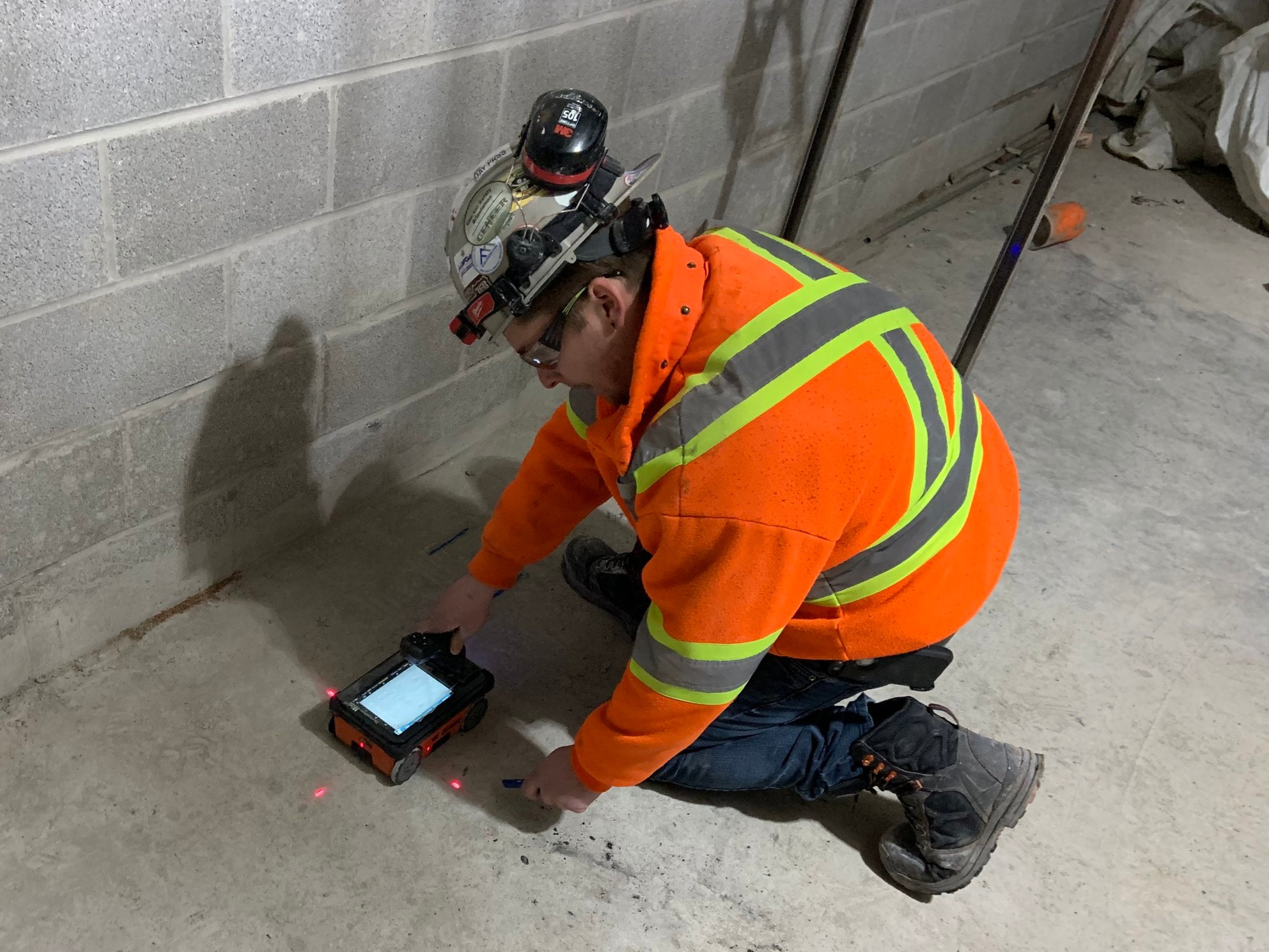Discover RainierGPR Service Areas for Dependable Concrete Scanning Solutions
Discover RainierGPR Service Areas for Dependable Concrete Scanning Solutions
Blog Article
Concrete Scanning: A Vital Action In The Direction Of Making Certain Architectural Honesty and Safety And Security
In the world of construction and framework maintenance, the importance of concrete scanning can not be overstated. By using innovative modern technology and approaches, concrete scanning serves as an essential tool in making certain that the integrity and safety and security of structures and bridges are supported to the highest requirements.
Relevance of Concrete Scanning
Concrete scanning plays a vital role in guaranteeing the architectural honesty and safety of buildings and facilities tasks. By utilizing advanced technologies such as ground-penetrating radar (GPR) and electro-magnetic induction, specialists can non-destructively evaluate concrete structures to identify possible defects, gaps, ingrained items, and support format. This procedure makes it possible for early discovery of abnormalities that might jeopardize the stability of a structure, preventing costly problems and making certain the safety of residents.
Concrete scanning is especially essential during the planning and building phases of a job. Prior to drilling, reducing, or coring right into concrete, scanning aids identify the accurate places of rebar, post-tension cords, and other ingrained aspects, lowering the threat of unintended hits that might lead to structural weaknesses. Furthermore, concrete scanning help in high quality control by validating the thickness of concrete covers and identifying any type of discrepancies that might affect the overall resilience of the framework. Eventually, purchasing concrete scanning solutions is not only a positive procedure to reduce risks but additionally an essential step towards maintaining the long-term security and stability of buildings and facilities.
Technology for Concrete Evaluation

Benefits of Early Discovery
Prompt discovery of architectural concerns can considerably reduce threats and make certain the durability of building projects. By determining prospective problems beforehand in the building procedure, stakeholders can take proactive procedures to deal with problems before they rise into bigger and much more costly problems. Among the essential advantages of very early detection is the avoidance of architectural failures, which can pose serious security threats and bring about job hold-ups and financial losses.
Additionally, very early discovery permits prompt repair work and upkeep, which can aid prolong the life-span of the structure. By dealing with issues promptly, building groups can avoid expensive fixings or perhaps the demand for premature substitute of architectural parts. This aggressive method not only saves time and money yet additionally enhances the overall safety address and resilience of the construction job.
Furthermore, very early discovery can improve task preparation and decision-making by offering stakeholders with useful insights right into the condition of the structure. Armed with this info, task managers can make informed options regarding building approaches, timelines, and materials, resulting in a lot more efficient and successful project outcomes.
Making Sure Architectural Security
Ensuring the structural stability of a construction job is extremely important to its safety and longevity. Concrete scanning plays a vital duty their website in ensuring structural security by spotting possible problems such as voids, delamination, or reinforcement rust that might endanger the stability of the framework over time.
By utilizing sophisticated scanning innovations like ground-penetrating radar (GPR) and electromagnetic induction, building and construction specialists can non-invasively examine concrete structures to recognize locations of problem underneath the surface area. This aggressive technique permits the early discovery of flaws or weaknesses, enabling prompt repair services or reinforcement to stop architectural failings.
Routine concrete scanning throughout different building stages and throughout the life cycle of a framework can aid keep its stability, alleviate threats, and make certain the security of owners. By prioritizing architectural security with concrete scanning, construction tasks can boost their durability and durability, inevitably adding to higher safety and longevity.

Avoiding Important Failings
Applying regular inspections, such as concrete scanning, can disclose concealed problems like gaps, fractures, or deterioration that might jeopardize the integrity of a framework. By utilizing innovative scanning modern technologies like Ground Penetrating Radar (GPR) or Concrete X-ray, engineers can non-destructively analyze the problem of concrete and recognize weak points that need reinforcement or repair work.

Verdict
To conclude, concrete scanning plays an important function in guaranteeing structural go to this website honesty and safety and security by utilizing innovative innovation for early discovery of prospective concerns. This proactive strategy helps protect against crucial failures and ensures the stability of frameworks. It is vital to focus on concrete examination as a common practice to shield the long life and security of buildings and framework.
Concrete scanning plays a crucial duty in making certain the structural stability and safety and security of buildings and facilities tasks. In addition, concrete scanning aids in quality control by validating the thickness of concrete covers and spotting any type of inconsistencies that may impact the total toughness of the framework. Concrete scanning plays a crucial function in guaranteeing architectural security by detecting potential concerns such as spaces, delamination, or reinforcement deterioration that can jeopardize the integrity of the structure over time.

In verdict, concrete scanning plays an important role in making certain architectural integrity and security by making use of sophisticated innovation for early detection of potential problems.
Report this page